Last year, I had a chance encounter with the modern flathead earbuds in the form of Fiio FF3. That unassuming piece of head-fi gear ended up receiving the first ever “seal of approval” from me thanks to a combination of headphone-like presentation, unmatched comfort, and affordability.
Still, FF3 was far from perfect. Great DIY earbuds such as TGXear Serratus showed that earbuds can match the bests of IEMs, and Fiio’s earbuds still have quite a bit of work ahead of them.
After many delays, Fiio’s answer in the form of FF5 is finally here. Can it surpass the great FF3? Can it reach the lofty standard set by DIYers?
Let’s talk about FF5.
Forewords
- This review is based on a sample provided by Fiio (Thank you!). I have no affiliation with or financial interest in Fiio. FF5 retails for around AUD $190.
- You should treat this review as the subjective impressions of an audio geek rather than an “objective truth” about the IEM. Your experience with any IEM would change depending on your DAC/AMP, music library, ear tips, and listening volume.
- I rate IEMs by A/B testing them against a few benchmark IEMs, regardless of price point. This approach ensures the consistency of the ratings in my ranking list. It means that if two IEMs score the same, they perform more or less similar.
- I believe that great IEMs are the ones that can achieve multiple difficult things simultaneously: (1) high resolution (meaning lines of music are crisp, clear, easy to follow and full of texture), (2) 3D soundstage with a strong sense of depth, (3) bold and natural bass with a physical rumble, (4) natural timbre, (5) relaxing and comfortable tonality.
- Ranking list and measurement database can be found on my IEM review blog.
Specs
- Driver: 14.2mm dynamic driver (PU gasket + Carbon-based Diaphragm)
- Connector Type: MMCX
- Impedance: 45ohm@1kHz
- Sensitivity: 106mW/dB@1kHz
Non-sound Aspects
Fiio FF5 is a midrange offering within the main product line of Fiio.
The packaging is consistent with the expectation for such a product. Gone with the light and quaint boxes of the Fiio/Jade audio product line. The thick cardboard box with magnetic closure and holographic product image made a return with FF5.
The accessories are generous and practical, as usual. You have three types of foams, two types of silicone rings, a hard case, an MMCX tool, and a brand-new cable with interchangeable plugs.
The cable features 4 cores with a different braiding style than the previous Fiio stock cable. The braiding is tight, so the cable can be pretty stiff and hold memory if you roll it up for storage. Luckily, the cable can be straightened easily, does not kink, and does not coil upon itself.
Even though FF5’s cable is not as good as the incredibly soft silver cable of TGXear Serratus, it is still a vast improvement over the fixed cable of FF3.
The interchangeable plug feature has also been reworked. Changing the plugs is more straightforward than the last-gen Fiio cable.
Unlike many DIY earbuds, FF5 utilises brand new shells rather than relying on the legendary MX500 shells or the myriad of OEM shells found at the DIY parts store.
FF5’s shells are among the most open ones I have ever seen. The bass tubes that made FF3 unique are integrated into the stems with the MMCX female connectors. In general, serious shells for serious sound.
The faceplate of FF5 is identical to that of FF3. You can see the drivers through the openings.
Use Cases
If you intend to buy FF5 for “blocking out the world.” Don’t.
Even though FF5 and other flathead earbuds look like IEMs, it’s more accurate to think about them as open-back headphones. Assume that you are in a noisy office. No matter how loud you turn up the volume, you wouldn’t be able to drown out the noise. In fact, the music would be mixed with the ambient noise to create a loud, distracting mess.
Where FF5 shines is media enjoyment in a quiet environment. I could (and did) spend hours with FF5 continuously without tiring out my ears. It works well with high-brow music listening, casual YouTube video watching and video games.
How it sounds
Sources for listening tests:
- Fiio K7 (for all A/B tests)
- Shanling M6 Ultra
- Topping G5
- Hidizs S9 Pro
Balanced foams were used.
Local FLAC files ripped from CDs or bought from Qobuz were used for most casual listening and A/B tests. My playlist for A/B tests can be found on Apple Music
here.
Tonality and Timbre: 4.5/5 - Very Good
Frequency response of FF5 against FF3 and Serratus. Measurements were done with an IEC-711-compliant coupler and might only be compared with other measurements from this same coupler. Earbuds measurements below 1kHz are very unreliable. Visit my graph database for more comparisons.
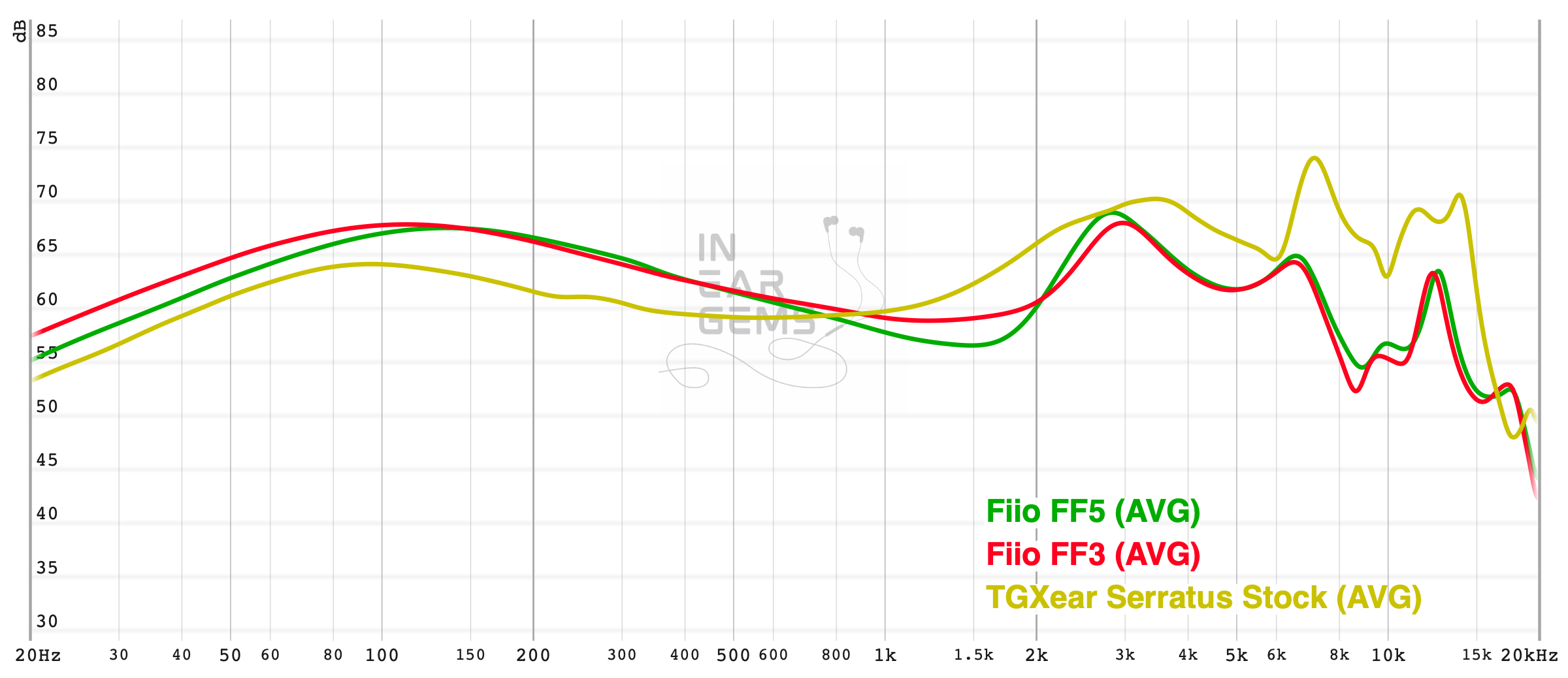
Tonality or “tuning” is where objectivity and subjectivity meet. Objectivity exists in the squiggly lines above, called Frequency Response (FR) graphs. They are created by sweeping a signal from 20Hz to 20kHz and measuring the corresponding loudness coming from an IEM. Unless a human operator deliberately tampers with the microphone or the data, FR does not care about the price or prestige of an IEM and, therefore, is “objective.”
However, human listeners are not microphones. Our ears and brain interpret the sound and decide whether it is “enjoyable.” It is also beneficial to remember that when you play a note on a musical instrument, multiple sounds (fundamental and harmonic) appear simultaneously and mix together. Achieving a life-like balance between frequencies and adding a tasteful amount of imbalance (“colouring the sound”) is the hallmark of an excellent tonality.
Alright, enough with the theory. How does FF5 sound?
Natural. Lush. Pleasant. Balanced but not academic.
By natural, I mean
none of the instruments or vocals raise an “uncanny feeling.” For instance, when I listen to the beautiful
“The Dragonborn Comes” by the Swedish Radio Symphony Orchestra and Sabina Zweiacker, I found that all instruments in the orchestra sound like how they are supposed to. The piccolo at 2:25 cuts through the orchestra easily but does not become overly harsh or piercing. French horns at 3:00 have gravitas and “weight” but still maintain brilliance rather than becoming muted. The bassoons at 4:25 sound like bassy reed instruments, not other bass instruments.
Being natural does not mean that FF5 is “flat.” In classic Fiio’s fashion, the lower-midrange of FF5, around 250Hz to 500Hz, is boosted above flat to give music
a sense of lushness and warmth. For instance, Aurora’s vocal in
Rasputin shows a noticeable layer of warmth compared to flat-tuned earbuds such as TGXear Serratus. Whether such lushness is beneficial is another question. On the one hand, the warmth makes acoustic music
more pleasant, more “emotional”, or, dare I say, more “musical.”
On the other hand, it covers up some details in delicate vocals such as Aurora’s and Zweiacker’s.
The above discussion brings me to a related point:
“balanced but not academic.” The tonality of FF5 is “balanced” because it maintains a reasonable “ratio” between the lows, the mids, and the highs. But it has extra lows and thus extra highs to counter-balance. An “academic-tuned” IEM or earbuds like Serratus aim to have no extra anywhere. You can think of tuning IEMs or earbuds as seasoning a soup pot. If you add a lot of salt, you need to add a lot of sugar to balance and either end up with richly seasoned or overly seasoned soup depending on how much salt and sugar you use. Alternatively, you can have balanced but plain soup if you add little of anything.
Let’s quickly touch on the bass and treble before moving on.
The theme of natural and balanced continues. Let’s use
Eye of the Tiger as an example.
Gone is the big, woolly bass of FF3. Drum roll from 2:20 and the subsequent drum pattern show the apparent improvement of FF5. The loudness of the kick drum was reduced, preventing it from overshadowing the bass guitar and the rest of the drum kit. As a result, I can clearly hear the snare drums accompanying the kicks, making every beat crisper and more distinct. Yes,
the bass is less “boom boom”, but the overall bass response is noticeably cleaner and still fun.
Another advantage of FF5 is that cymbal can finally cut through the mix now that the thick cloud of kick drum has been dispersed.
The cymbals also show an excellent balance between the stick impacts, the metallic sound of cymbals, and the “splash” at the end of a cymbal crash. The result is a full-bodied, detailed, and enjoyable cymbal sound.
I’m also glad to report that FF5 has
excellent control over sibilance (the piecing “sss” sound in vocals).
Ed Sheeran’s home concert, especially the first song, Shiver, is a torture test for most IEMs and earbuds, where the mighty TGXear Serratus failed hard. However, there was no uncomfortable harshness to be found with FF5. I’m not saying that FF5 makes everything dull and dark to hide sibilance. It pushes the treble right there to the cliff without going over.
In summary, I consider FF5’s tonality 4.5/5. It achieves a balanced and natural yet pleasant tuning. Half the point was deducted because I found that the warmth does hinder the resolution of FF5.
Resolution, Detail, Separation: 5/5 - Excellent
Resolution is a fascinating subject due to the difficulty of pinning down what it really is. To me, “resolution” can be separated into “macro” and “micro” levels. The “macro resolution” is synonymous with instrument separation. In general, if note attacks are very crisp and precise, musical instruments in a song would be more distinctive rather than mushing together. The “micro resolution” dictates how many details you can hear at the note tails. Many IEMs are good at macro- but mediocre at micro-resolution. A few are vice versa.
Fiio FF5 is an accomplished earbud when it comes to resolution. Let’s take
One Winged Angel as an example. It is immediately apparent that FF5 has an excellent macro-level resolution, given how I can easily distinguish all instruments playing simultaneously. The orchestra does not overlap.
The micro resolution, or detail retrieval, reveals itself in the realism of the instruments. For instance, from 2:30, when instruments come after the cello, I can easily distinguish the oboes, flutes, and clarinets from each other. It might sound funny, but such instrument distinguishing is only sometimes possible among the IEMs I have reviewed. The texture and nuances in hand claps and the choir from 3:30 also indicate excellent micro details.
Alright, so we know that FF5 is resolving. But is it “good” (Blessing 2 level) or “excellent” (Serratus level)?
In back-to-back A/B tests, it was immediately audible that
FF5 out-resolve the venerable Blessing 2. The contrast is stark in the section from 3:30 to the end. Even when I boosted the volume to Blessing 2 to be noticeably louder than FF5 to give it an advantage, it was still less textured and detailed than FF5.
How about Serratus? With One Winged Angel, I was surprised that it was easier to distinguish instruments, and the music was richer in detail with FF5. This piece is where the warmth plays well on FF5, whilst the mid-treble peak wreaks havoc on the Serratus side. When I listen to do A/B test with Aurora’s cover of Rasputin, the situation reverses with the advantage on the Serratus side. Taking away the tuning difference,
I suspect that the difference between FF5 and Serratus is minimal. Both are comfortably ahead of the mid-fi IEMs.
In summary: 5/5 - Excellent resolution.
Percussion Rendering: 4/5 - Good
Percussion rendering reflects how well the tuning and technical performance of an IEM work together to recreate realistic sound of a drum set. Good drum hits have a crisp attack (controlled by frequencies from 4kHz to 6kHz), full body (midbass frequencies around 200Hz), and physical sensation (sub-bass frequencies around 50Hz). Good technical performance (“fast” driver) ensures that bass notes can be loud yet detailed. IEMs that cannot control bass very well tend to reduce the bass’ loudness to prevent muddiness.
As I have alluded to above, FF5 renders drum kits with great finesse. It has no problem with acoustic drums and digital bass in commercial music. Bass lines are always crisp, clear, and detailed.
Where it loses out is the sub-bass rumble. Take Skyrim’s main theme (
Dragonborn) as an example. Throughout this song, there are regular rumbles created by the war drums. FF5, similarly to other flathead earbuds, fails to convey this energy in the music.
How does FF5 compare to Serratus? It’s moot. FF5 has more “boom boom”, and Serratus has more “brrrr” rumbles.
An IEM with good sub-woofers smokes both.
In conclusion, 4/5 - Good.
Stereo Imaging (Soundstage): 5/5 - Excellent
Stereo imaging or “soundstage” is a psychoacoustic illusion that different recording elements appear at various locations inside and around your head. Your brain creates based on the cues such as the loudness and phase differences between the left and right channels. Most IEMs do not differ significantly, nor can they compete with headphones or loudspeakers. However, some IEMs offer a more spacious soundstage than others. Best IEMs can create multiple layers of sound from closer to further away and make some instruments float slightly above your head.
Earbuds, by nature, have great soundstage sizes. Therefore, the true challenge is the incisiveness or accuracy of the placement of instruments on the stage.
Let’s put the obvious out of the way first. Using the
One Winged Angel as an example (again, I know!),
FF5’s soundstage is larger, more spread out, and more open compared to Blessing 2.
The relevant (and important) match here is between FF5 and the reigning champion: Serratus. Both earbuds place instruments on the soundstage with pinpoint accuracy. Both can produce a sense of height, meaning cymbals and hand claps float slightly above my head. At a glance, Serratus feels more “spread out” because of its flatter tuning, whilst the bass floor of FF5 makes every more cohesive. At the end of the day, it’s a matter of taste. Both are excellent performers.
In summary, 5/5 - Excellent.
Source Pairing
FF5 is an easy-to-drive earbud.
Of course, desktop sources like Fiio K7 and good DAPs like Shanling M6U can unlock all the soundstage imaging potential of FF5. However, you can get nearly all the sound quality from FF5 from anything decent (meaning no audibly poor sources like bad phones and laptops).
All of the impressions above were made using Fiio K7.
Some Comparisons
In this section, I compare FF5 with some relevant earbuds. You can use my
ranking list to compare FF5 with others. Due to how I rank IEMs, if two IEMs score the same, they perform more or less similarly.
Fiio FF3
Complete improvement.
The only reason to get FF3 is that you like a big, woolly bass (which, I admit, is quite pleasant and unique). If you are concerned about the clarity, resolutions, and similar aspects, FF5 is a winner.
Not having to use the FF3’s cable is my biggest win.
TGXear Serratus
Serratus has, rightfully so, achieved cult status. You can see fans declaring it outperforms multi-kilo buck IEMs. There are some elements of truth there.
If you are looking for something like Serratus but “better”, look elsewhere. It’s best to think of Serratus as a high-brow, academic, tonally-correct earbud. On the other hand, FF5 is unabashedly casual and fun whilst remaining balanced and correct. The thinner tonality might give a first impression that Serratus is more technically proficient. However, in detailed A/B tests, FF5 and Serratus more or less perform on the same level.
The choice between FF5 is Serratus is a matter of preference, both in terms of sound and in terms of whom you want to support with your hard-earned cash. An established manufacturer vs a fellow Head-Fier.
Conclusion
FF5 is a high-achiever from an old guard in the earbuds world dominated by DIY products. It has a natural, lush, balanced tonality. The big, fun bass of the predecessor FF3 has been tuned down, trading intensity for snappiness and clarity. The resolution has been improved across the board. FF5 is more than a match for many IEMs and some of the most excellent DIY earbuds.
Should you get FF5? Well, can you find a quiet listening space? If the answer is yes, then yes.
IEGems seal of approval and highest recommendation.
Pros:
- Natural, lush, balanced tonality
- Excellent resolution
- Excellent soundstage imaging
- Snappy, clean, impactful bassline
- Replaceable cable
- Price
Cons:
- The lush midrange can reduce perceived resolution with some tracks
- The sub-bass rumble is only adequate
- No isolation
Updated: January 20, 2023
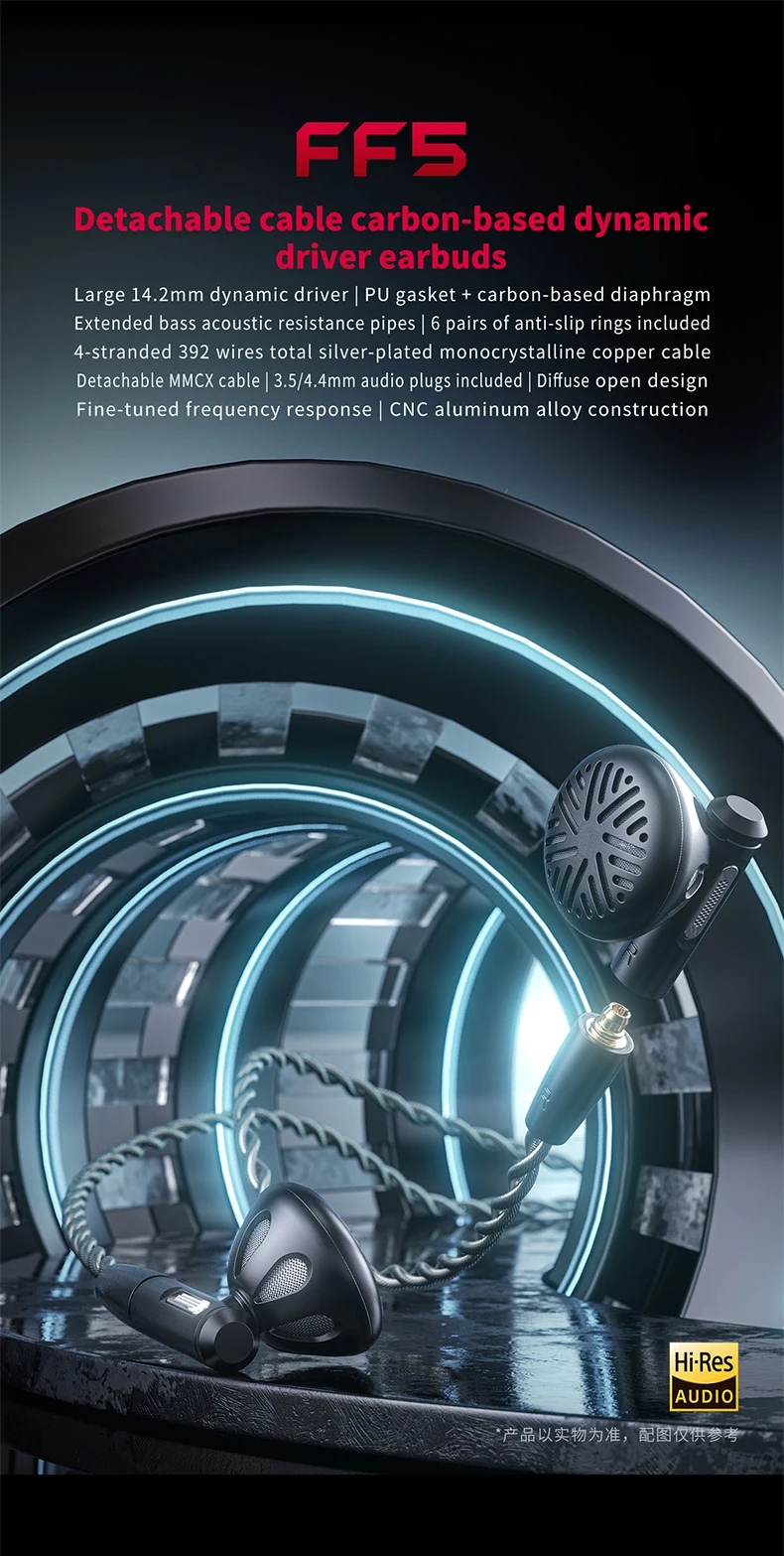
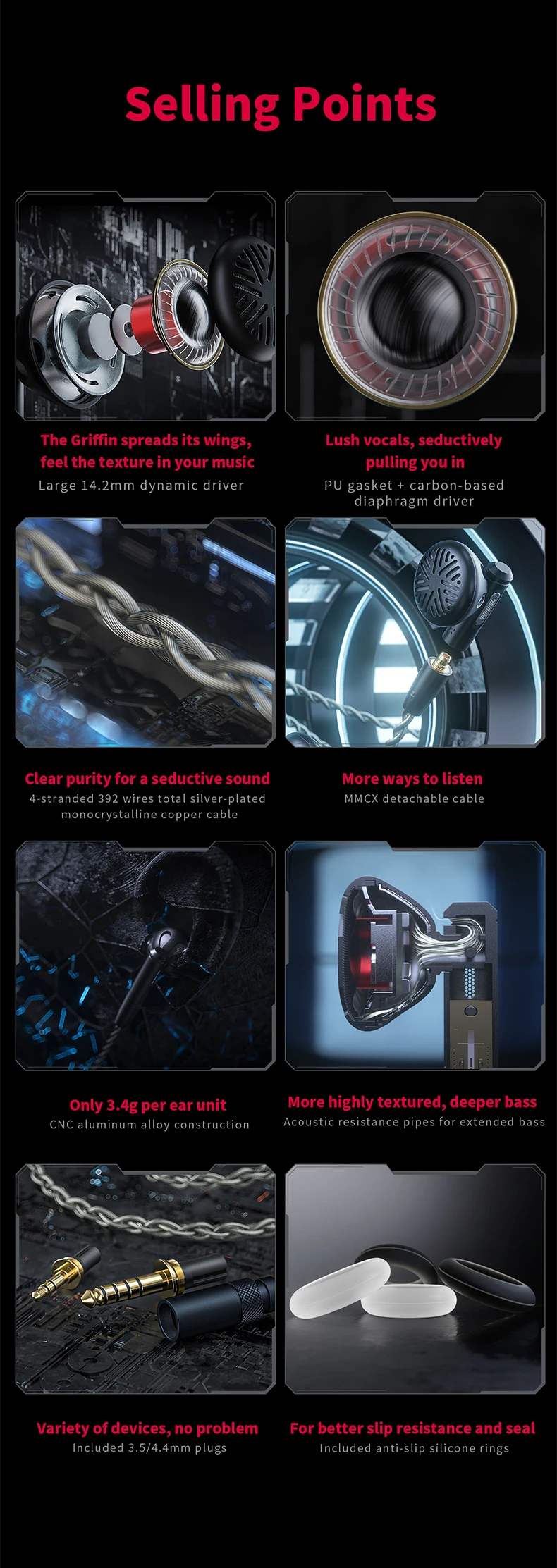

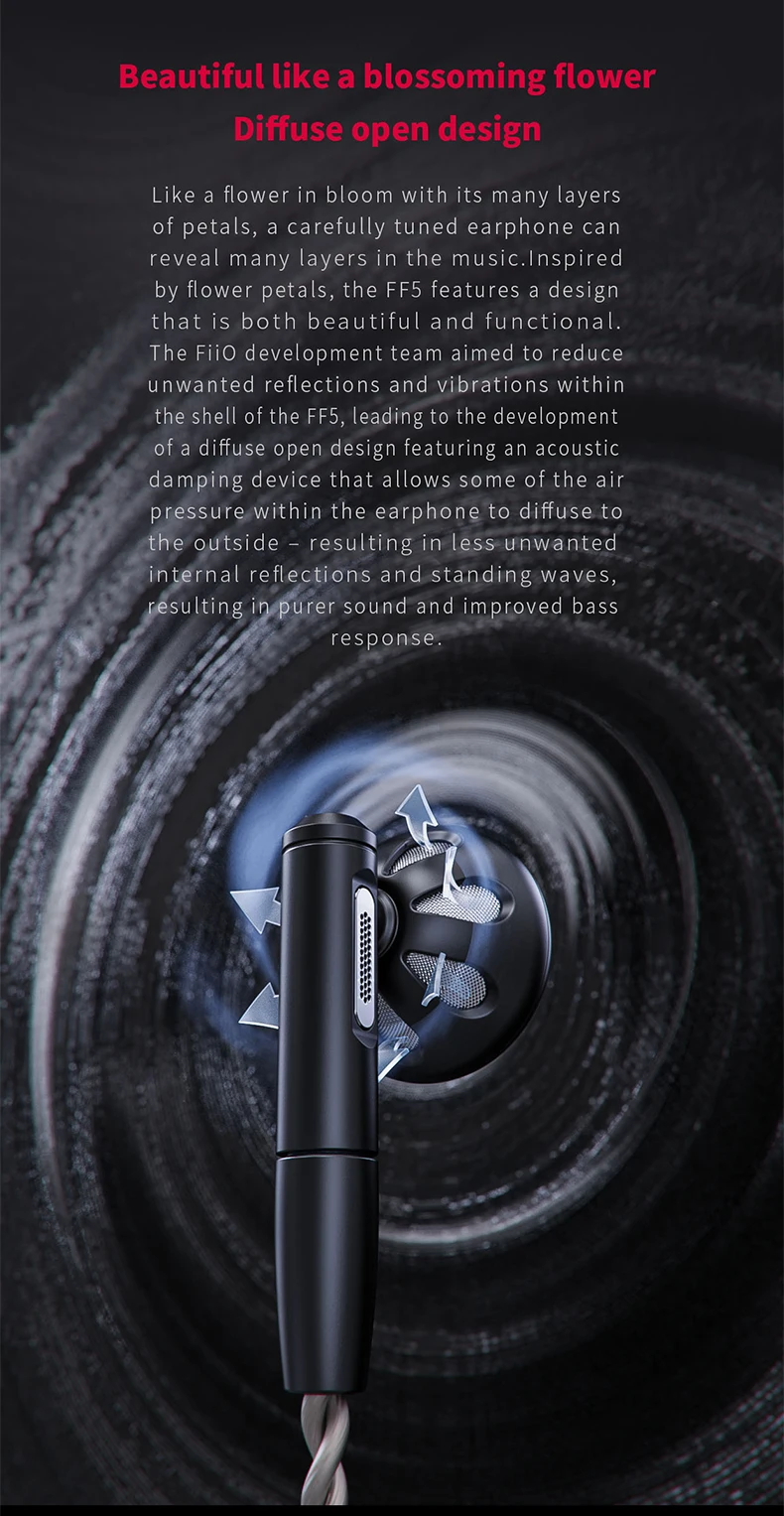











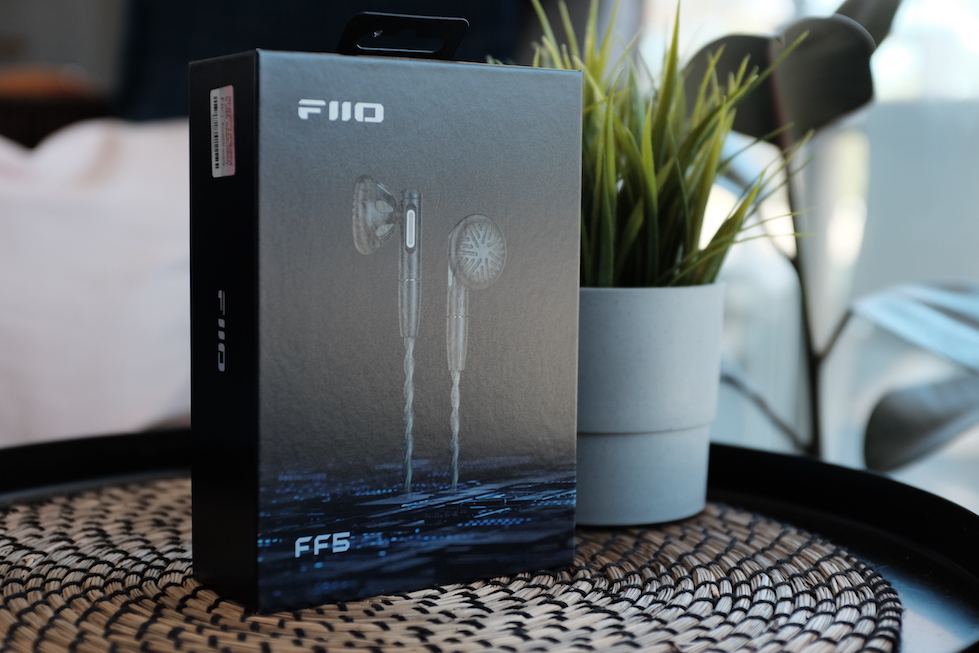
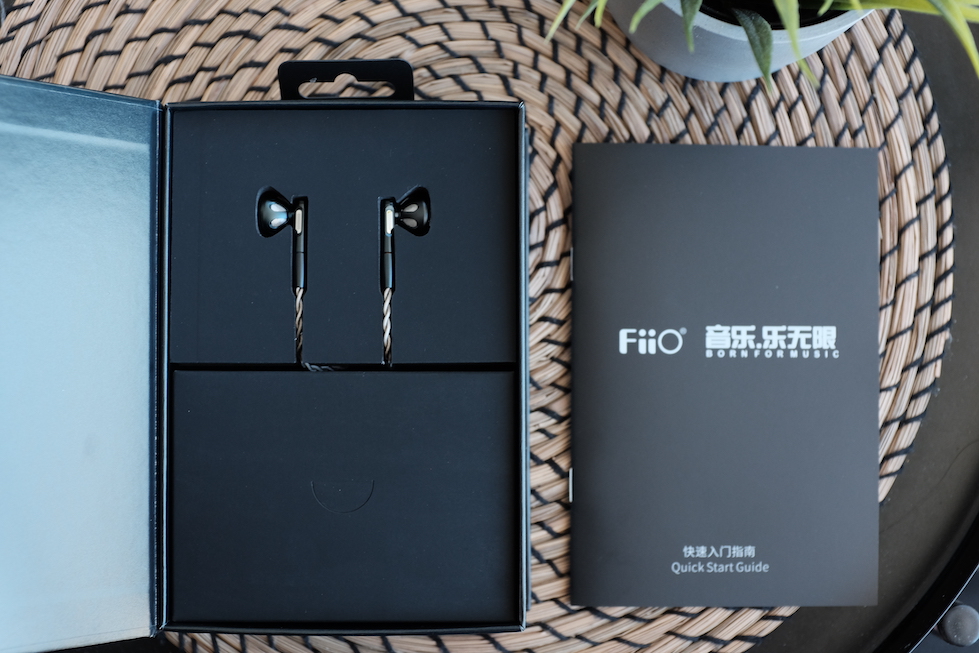
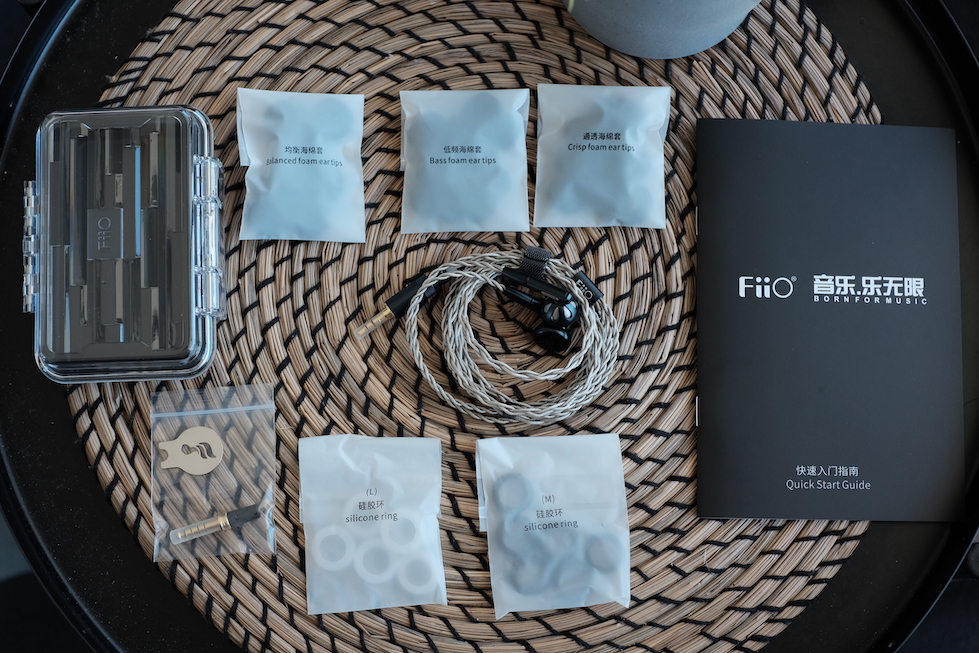

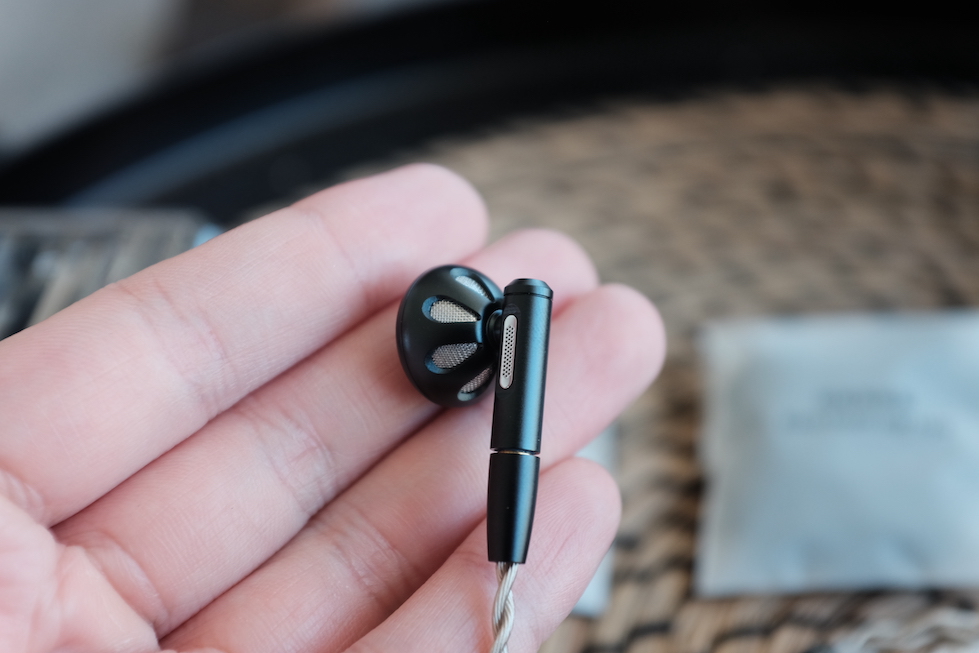
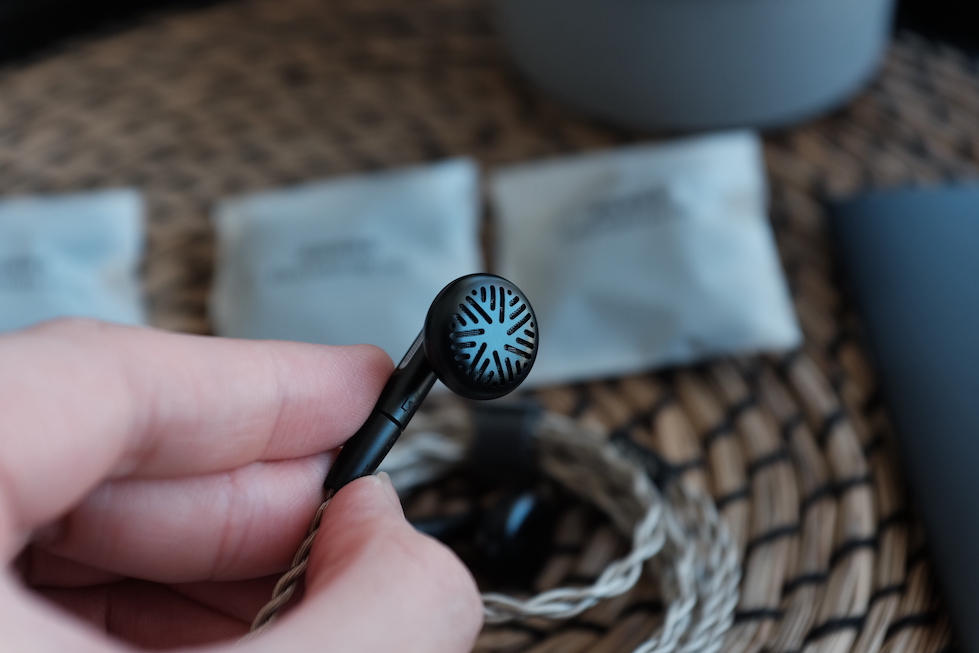


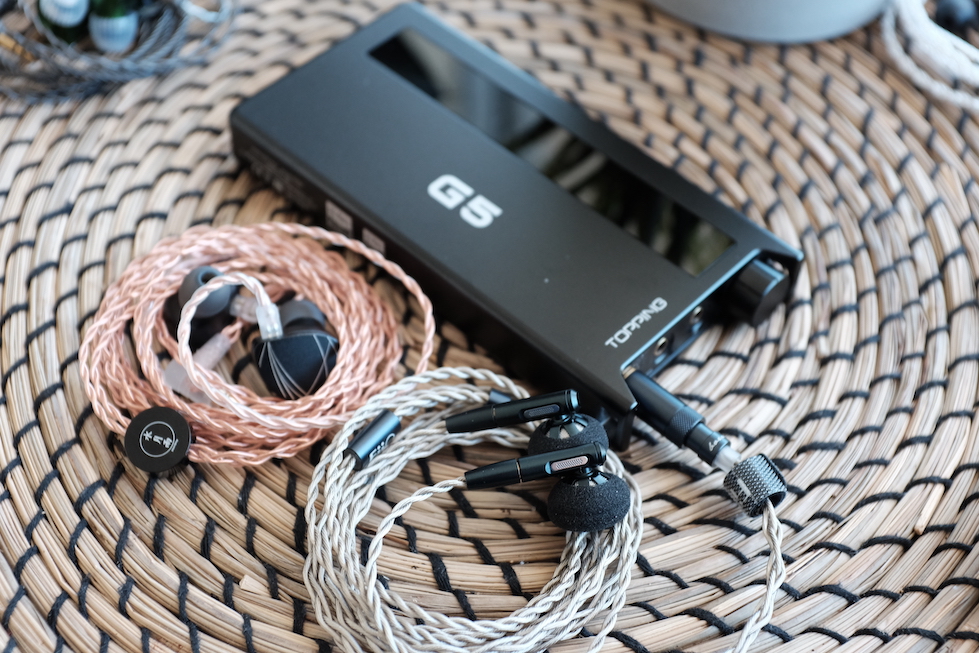
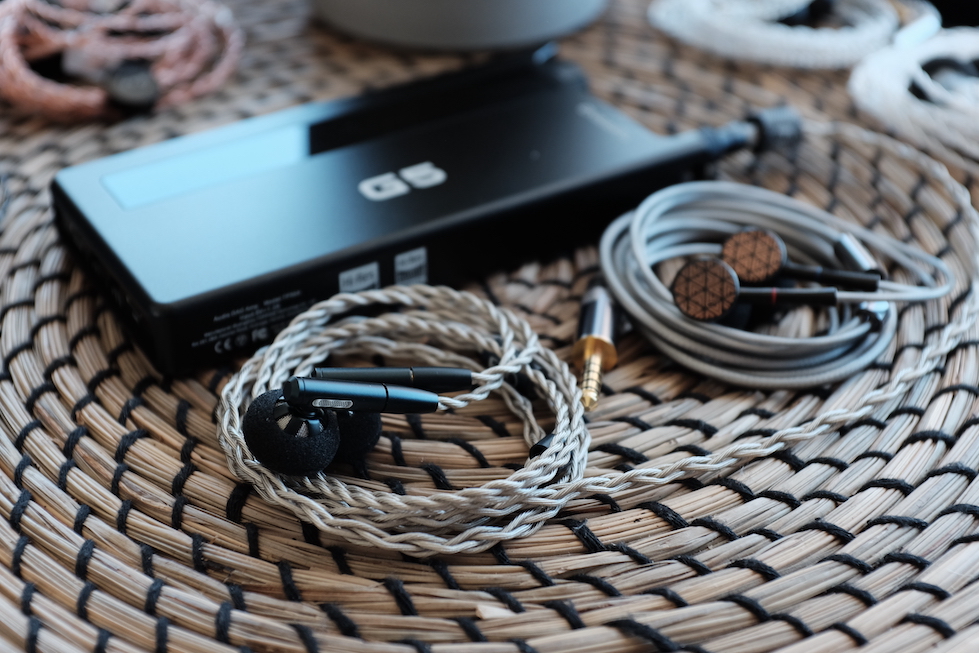

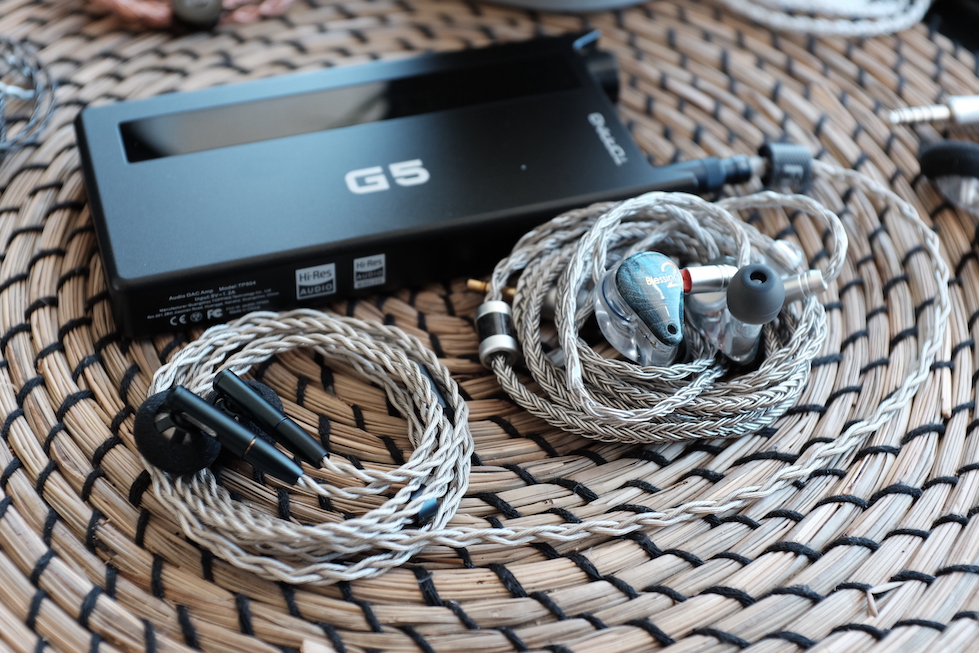





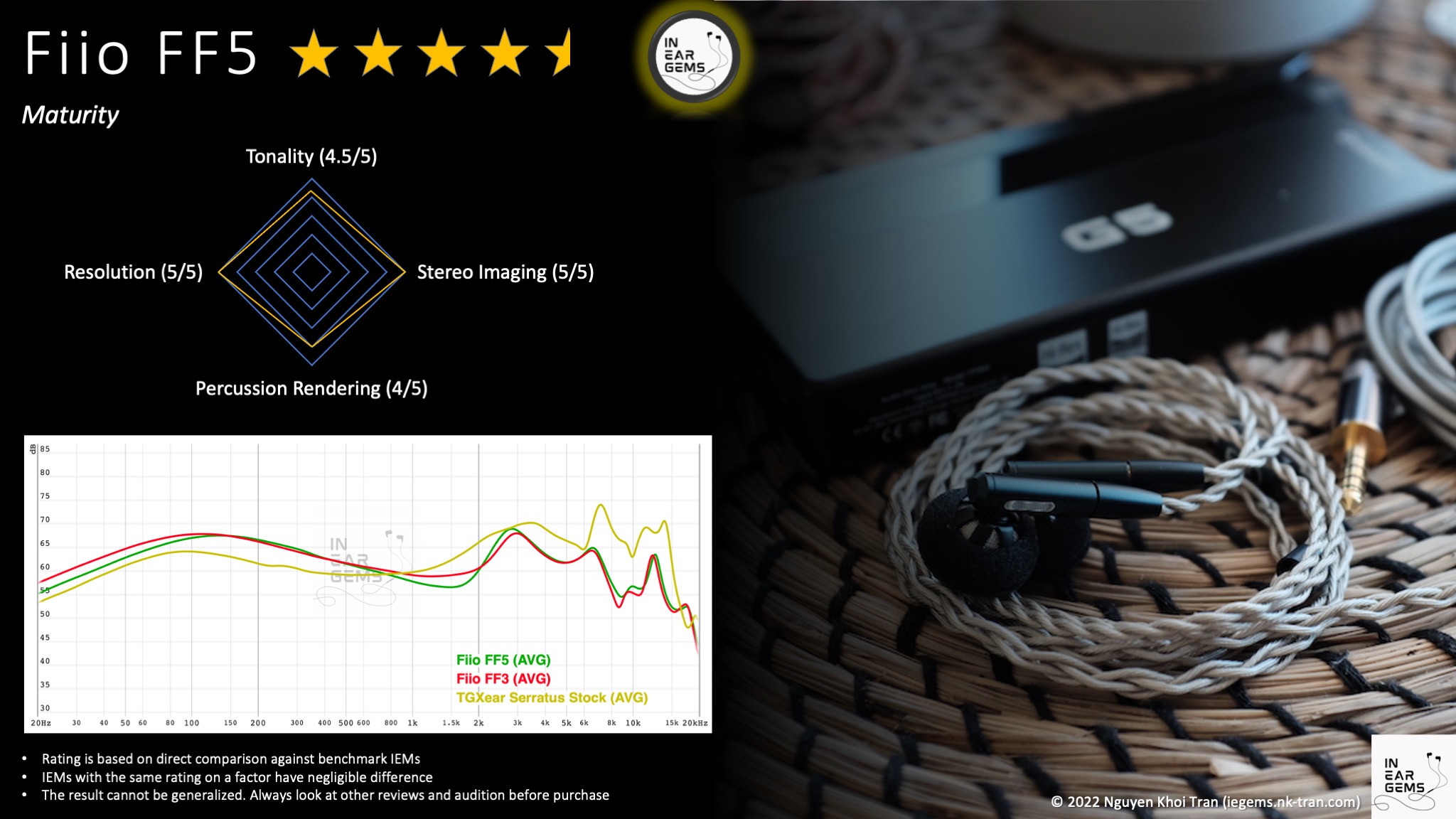
 But I can see your point. FF3 is special. FF5 is yet another "tonally correct, balanced, detailed" bla bla bla. As someone who has experienced so many great buds like you, I don't think these are as impressive to you. In my case, FF5 earns a high score simply because how it performs in A/B tests. The recommendation is due to the price / performance ratio.
But I can see your point. FF3 is special. FF5 is yet another "tonally correct, balanced, detailed" bla bla bla. As someone who has experienced so many great buds like you, I don't think these are as impressive to you. In my case, FF5 earns a high score simply because how it performs in A/B tests. The recommendation is due to the price / performance ratio.













